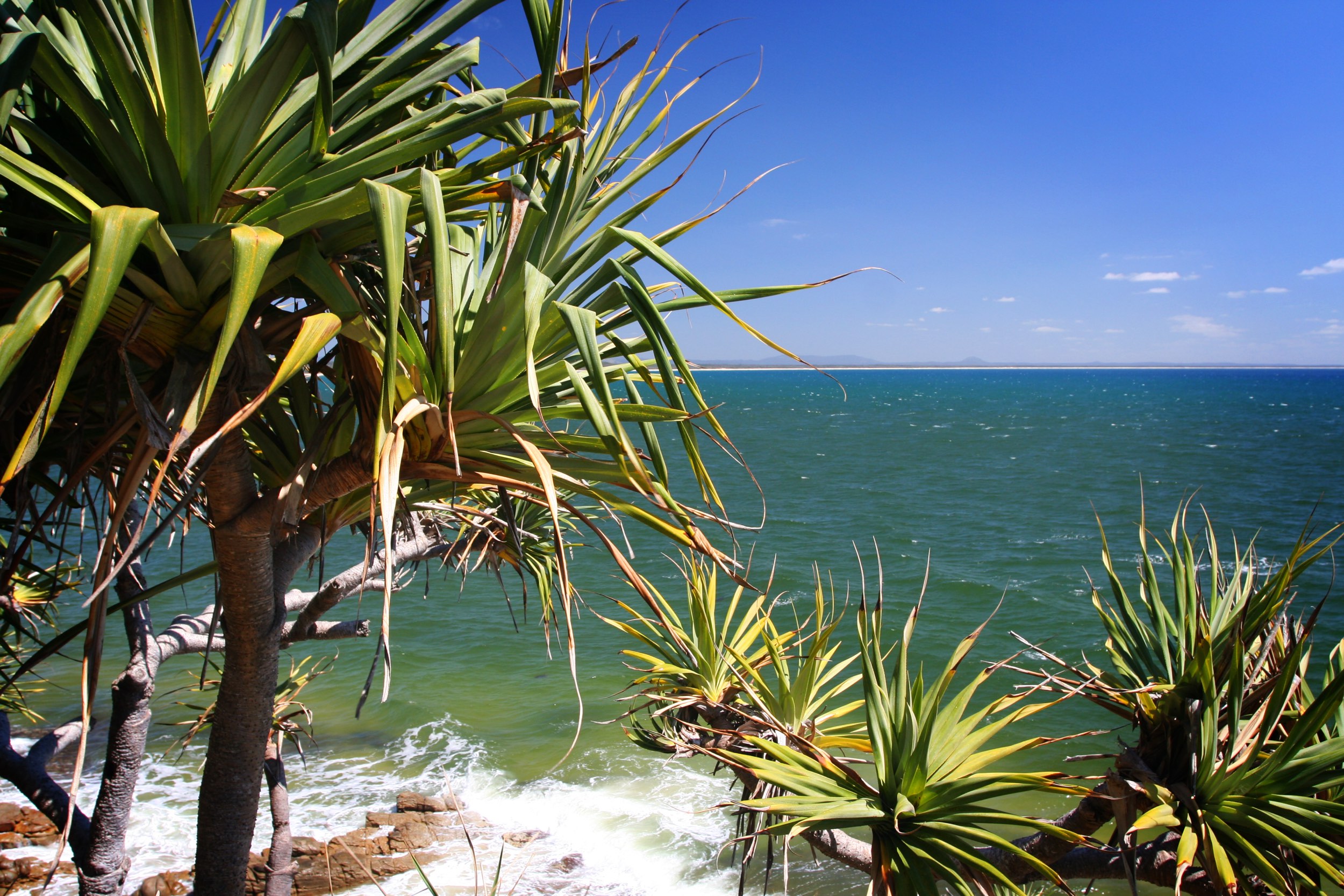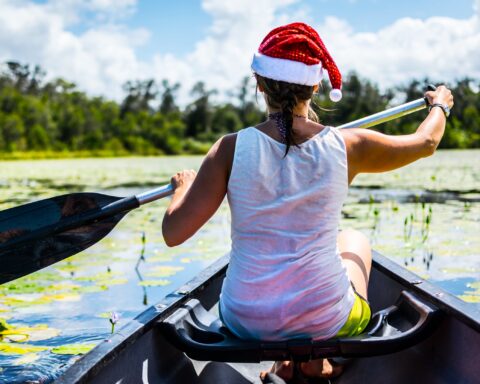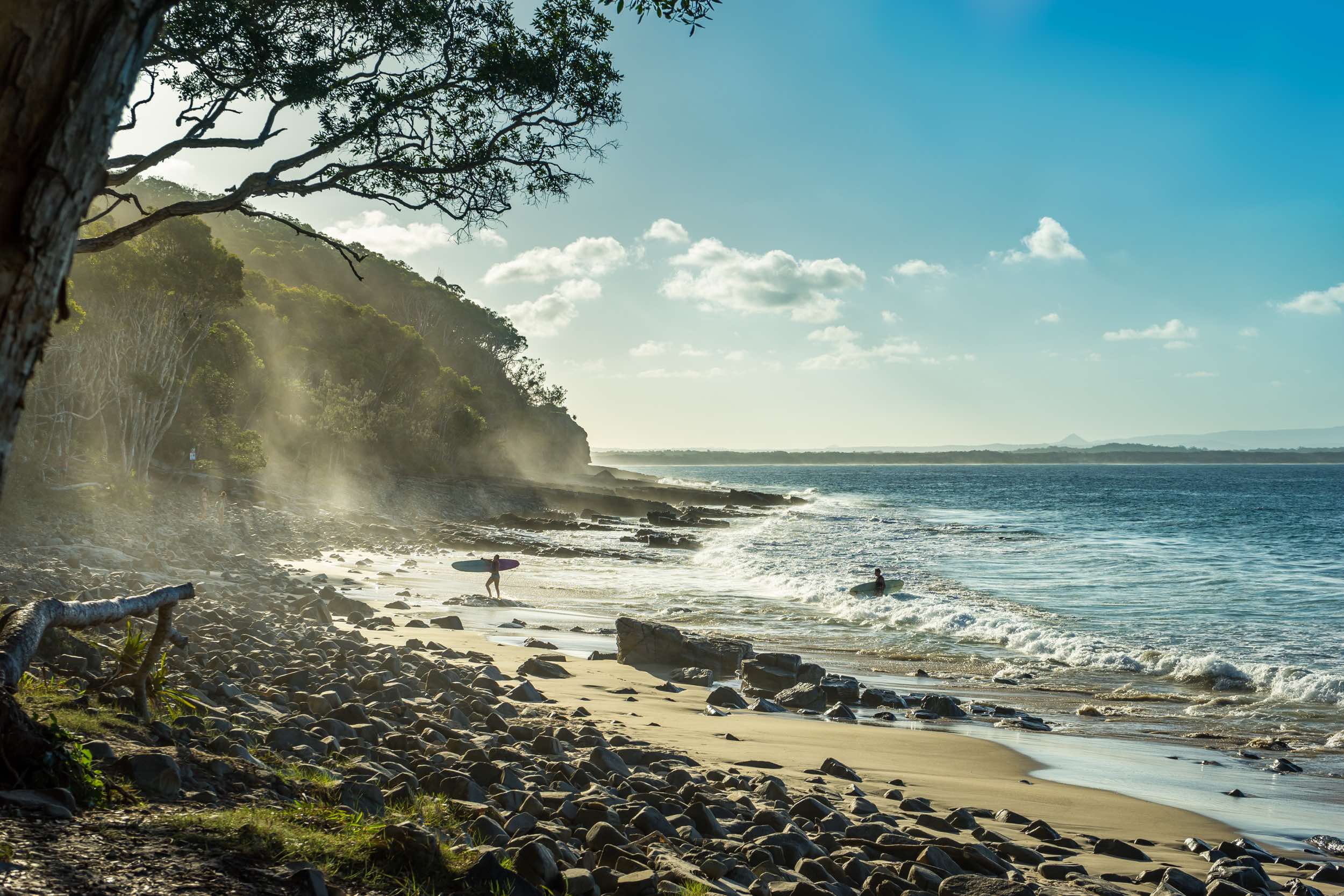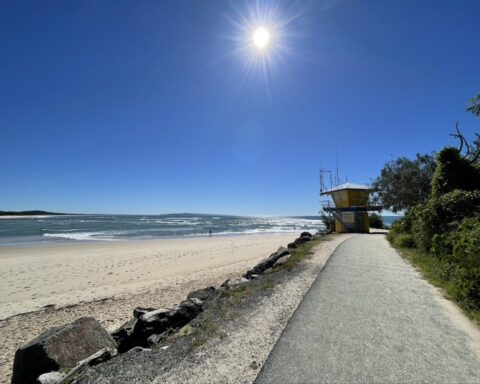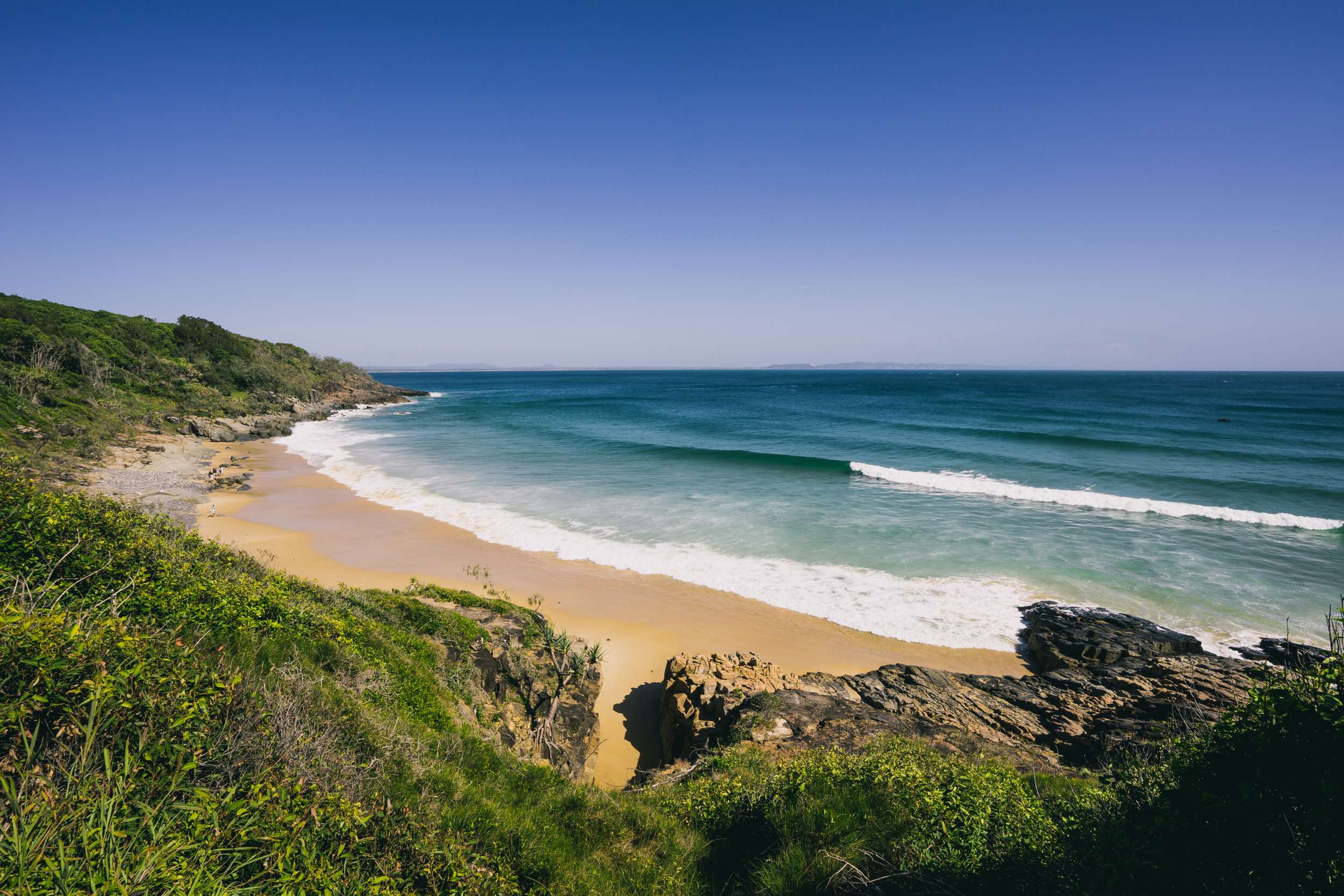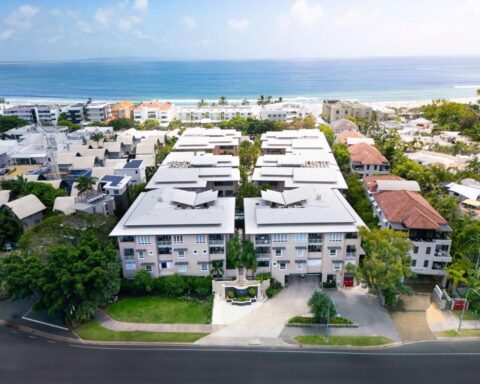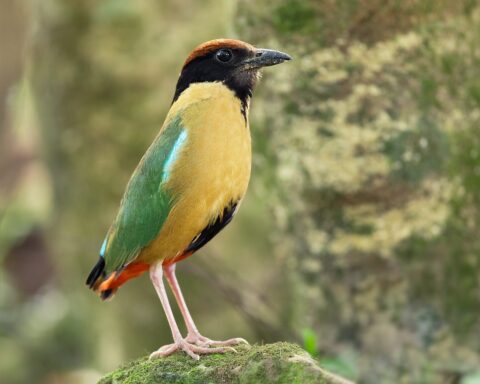Welcome to Noosa, a tropical paradise on Queensland’s Sunshine Coast. Here, the coastline is adorned with a unique spectacle – the Pandanus trees.
These tropical trees, with their spirally arranged leaves and aerial roots, are a sight to behold. They add a distinctive charm to Noosa’s scenic beauty, making it a must-visit destination for nature enthusiasts. When you snap a shot of Noosa’s coastline, you’ll likely find a sneaky Pandanus tree photobombing the scene!
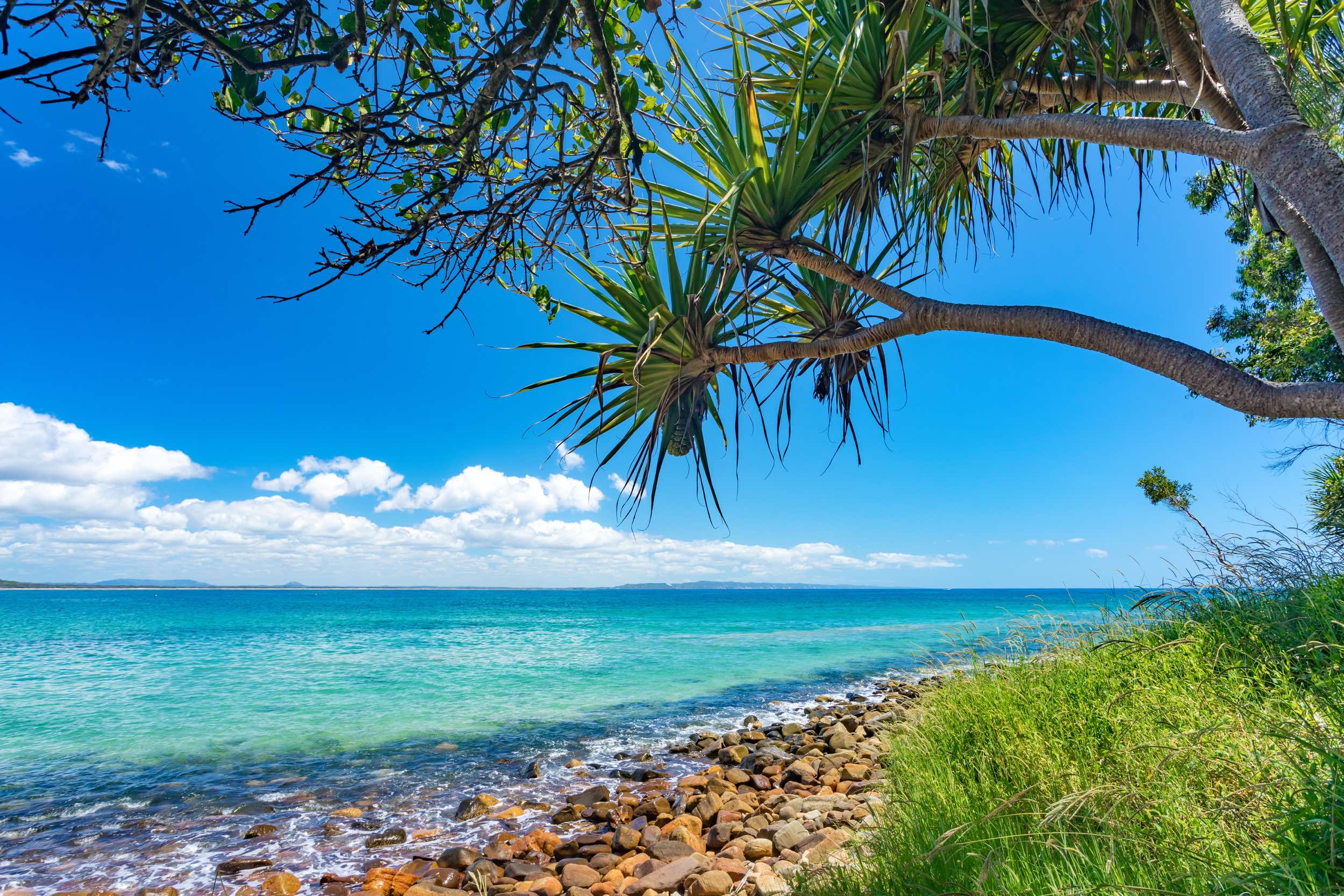
But the Pandanus trees are not just about aesthetics. They play a crucial role in the local ecosystem and hold deep cultural significance for the Kabi Kabi traditional owners.
Join us as we delve into the world of Noosa’s Pandanus trees, exploring their beauty, importance, and the efforts to conserve them.
The Tropical Allure of Noosa’s Coastline
Noosa’s coastline is a visual treat, with its pristine beaches, azure waters, and lush vegetation. But what truly sets it apart are the Pandanus trees.
These tropical trees, with their pineapple-like fruits and fan-shaped leaves, create a unique landscape. They are often found perched on dunes and headlands, offering a spikey frame for photographers.
The Pandanus trees, with their resilience to harsh coastal conditions, are a testament to Noosa’s natural heritage and tropical allure.
The Ecological and Cultural Significance of Pandanus Trees
Pandanus trees are more than just a pretty sight. They play a crucial role in preventing coastal erosion and providing habitat for wildlife.
Their roots grip the sandy soil, stabilising the shoreline and creating a safe haven for various bird and insect species.
But their significance extends beyond ecology. The Kabi Kabi traditional owners have a deep cultural connection with these trees.
They use the pandanus for food, medicine, and crafting materials. This cultural heritage adds another layer of richness to Noosa’s Pandanus trees.
Identifying Noosa’s Pandanus Trees
Pandanus trees are easily recognisable, even for the untrained eye. Their aerial roots and spirally arranged leaves make them stand out in Noosa’s lush landscapes.
Another intriguing aspect is the pandanus fruit. It resembles a pineapple and changes colour as it matures, adding a vibrant touch to the tree’s overall appeal.
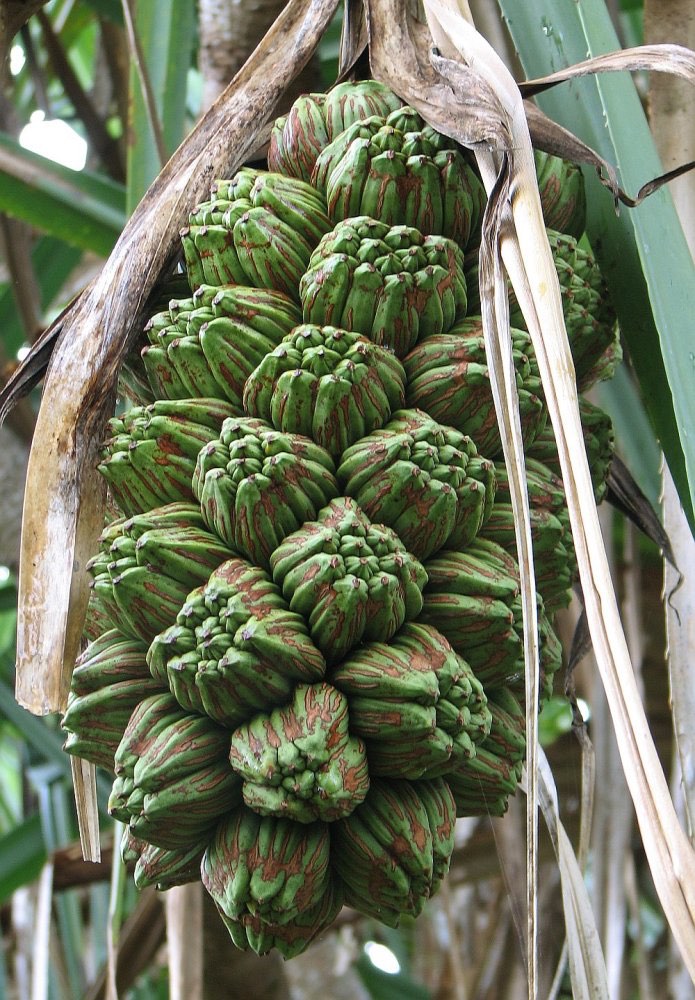
These unique features make Noosa’s Pandanus trees a captivating sight for visitors, enhancing the region’s tropical allure.
Pandanus Trees and Noosa’s Ecosystem
Pandanus trees play a crucial role in Noosa’s ecosystem. They help prevent coastal erosion, a vital function considering Noosa’s coastal location.
These tropical trees also provide habitat for wildlife. They contribute to the biodiversity of Noosa’s ecosystems, supporting various bird and insect species.
Their resilience to harsh coastal conditions is a testament to their importance in stabilising the shoreline, making them an essential component of the coastal ecosystem.
The trees’ longevity and ability to propagate make them a symbol of endurance and growth. This resilience adds to their ecological significance in Noosa.
The Kabi Kabi Legacy and Pandanus Trees
The Kabi Kabi traditional owners have a deep cultural connection with the pandanus trees. For centuries, they have used these trees for food, medicine, and materials.
Visitors to Noosa can learn about these traditional uses through local cultural tours. These tours offer a unique insight into the Aboriginal heritage of the region.
The pandanus trees are a living link to this heritage. They continue to be an integral part of ongoing cultural practices in Noosa.
Experiencing Pandanus Trees in Noosa’s National Park
Noosa’s National Park offers trails where pandanus trees can be observed in their natural habitat.
The intertwining roots of pandanus trees often create natural sculptures, adding an artistic element to the landscape. This makes the park a must-visit for any nature-focused itinerary.
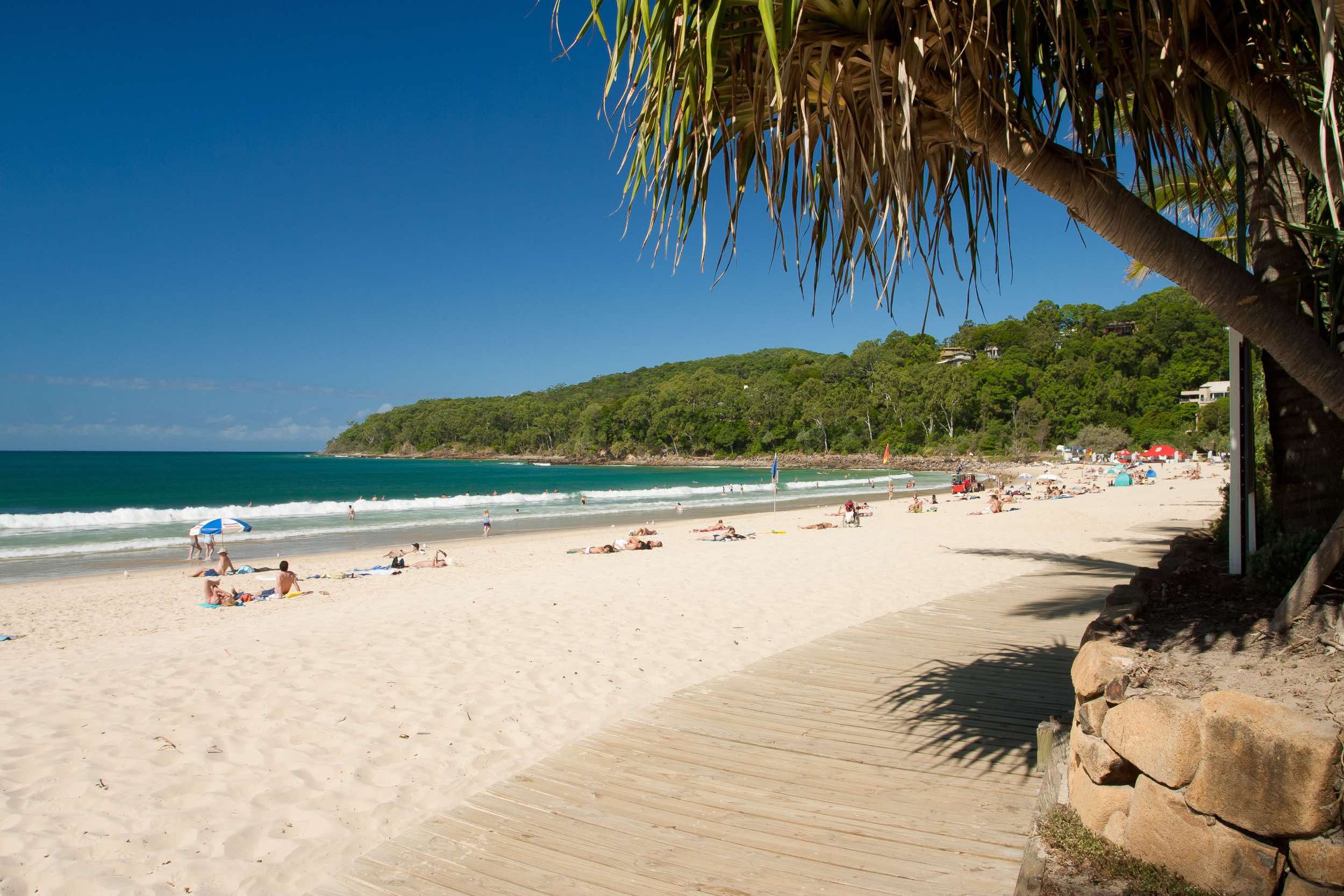
Conservation Efforts and Community Engagement
Noosa’s community values the pandanus trees as a symbol of the region’s natural heritage. Local initiatives aim to protect these tropical trees from pests and diseases that threaten their health.
The commitment to preserving its natural assets, including pandanus trees, is part of Noosa’s appeal as a sustainable travel destination. This conservation mindset attracts eco-conscious travellers, further boosting the region’s tourism.
The trees’ resilience to harsh coastal conditions is a testament to their importance in stabilising the shoreline. This ecological role underscores the need for ongoing conservation efforts.
The Enduring Appeal of Noosa’s Pandanus Trees
Noosa’s Pandanus trees are a key part of the area’s identity. They are beautiful, important for the environment, and have cultural significance. They truly are a living link to the area’s Aboriginal heritage and ongoing cultural practices.

